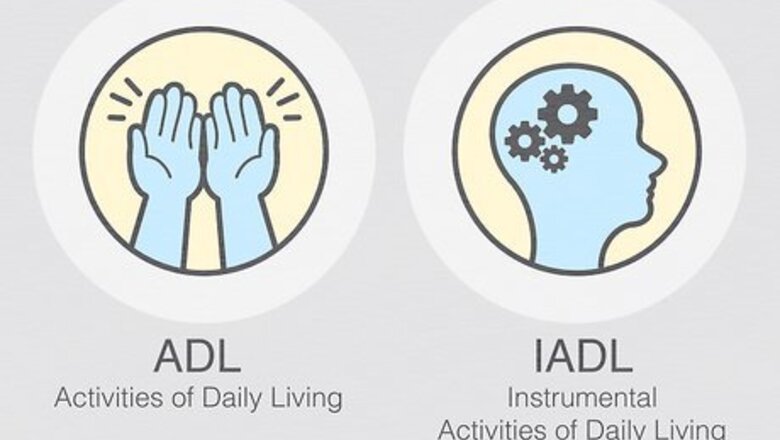
views
- ADLs or Activities of Daily Living include everyday tasks such as walking, bathing, eating, and going to the bathroom.
- IADLs or Instrumental Activities of Daily Living refer to tasks that require cognitive thinking and organizational skills like finances, housekeeping, and driving.
- Grading a senior’s ADLs and IADLs measures their limitations and can help you determine the care they need.
What’s the difference between ADLs and IADLs?
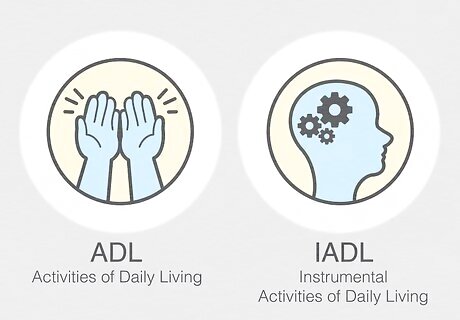
ADLs are basic everyday tasks; IADLs are advanced daily tasks. ADLs and IADLs are both a series of key life tasks that must be handled daily for independent adults. However, ADLs are usually simpler and require little cognitive thinking. IADLs, on the other hand, might take more organization or attention, like driving or personal finances. Usually, ADLs are skills you learned as a child, and IADLs are skills you didn't learn until adulthood.
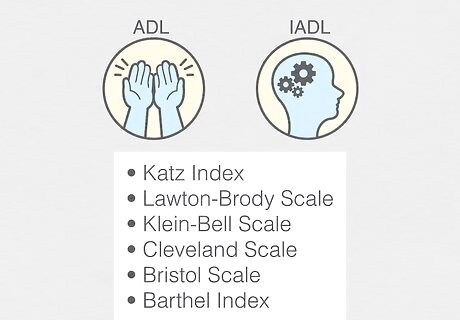
ADLs and IADLs help determine the amount of assistance a person needs. Understanding ADLs and IADLs can help you give a senior the care they need, whether that’s at home, in a rehabilitation facility, or with assisted living. For instance, if your loved one has a hard time walking to and from the bathroom, they may need additional help from a nurse, wheelchair, and/or walker. ADLs and IADLs are terms used to organize the kinds the skills that seniors might need help with. Both ADLs and IADLs are broken down into 6 categories, and if an individual is unable to fully complete the tasks within a category, professionals will suggest appropriate care options.
What are ADLs?
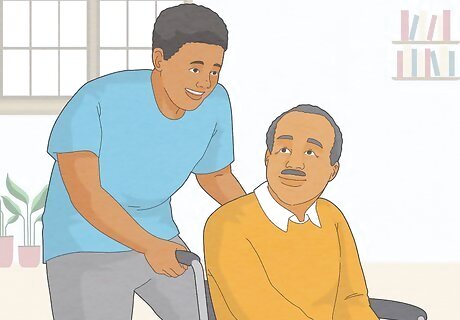
ADL stands for Activities of Daily Living. Even the simplest of tasks can become difficult as we age, which is why ADLs are a big part of elderly care services. Nurses, caretakers, and doctors will use this abbreviation to refer to everyday skills that are critical to an individual's basic independence. ADLs can be broken down into 6 categories: Ambulating: Helping someone walk (with or without a walker or other mobility aid) or pushing a wheelchair. Eating: Bringing food to the person’s mouth and helping them chew and swallow. Grooming: Picking out outfits, getting dressed, combing hair, brushing teeth, and taking care of appearance. Toileting or Continence: Assisting someone on and off the toilet and helping them clean themselves. Bathing: Washing their face and giving a shower or bath. Transferring: Moving the body from one position to another—sitting up, moving into a wheelchair, standing up, etc.
What are IADLs?
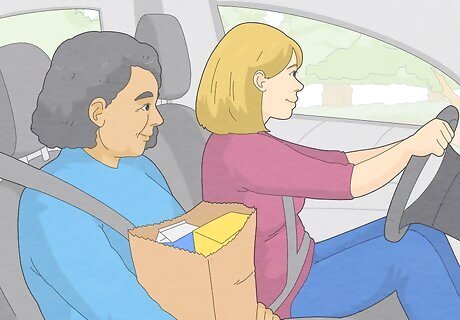
IADL stands for Instrumental Activities of Daily Living. IADLs are daily life tasks that require more thought, organization, or cognitive function than ADLs. Depending on a senior's routines and responsibilities, they may need help recalling and/or organizing information, which is why IADLs are essential to care services. Like ADLs, IADLs can be divided into 6 categories. If one or more of these tasks cannot be completely independently, a care service may be suggested: Finances: Paying bills, balancing checkbooks, depositing checks, and monitoring cash flow. Transportation: Driving a person from point A to point B, whether to get groceries or go to the doctor. Housekeeping & Maintenance: Doing laundry, fixing leaky faucets, decluttering, etc. Communication: Helping someone answer phone calls, text, or do emails. Medication Management: Knowing when medications must be taken and refilling prescriptions. Cooking & Meal Prep: Planning meals, grocery shopping, and preparing healthy food.
How to Assess ADLs & IADLs

Daily living tasks are measured to determine a senior’s independence. If you’re considering enrolling a loved one in an assisted living facility, the caretakers will most likely assess them for ADLs and IADLs to provide the best care possible. Some seniors may need help with all ADLs and IADLs, while others may only need assistance with a few tasks—everyone’s care is individual! Check out the most common way ADLs and IADLs are assessed: Katz Activities of Daily Living Scale: The individual is assessed on how well they bathe, dress, transfer, eat, and use the toilet based on milestones in sociobiological development. Functional Independence Measure (FIM): Seniors perform a series of motor and cognitive tasks to measure their overall disability. Barthel ADL Index: Patients are rated on a scale of 0 to 15 on daily life tasks to determine their level of need.


















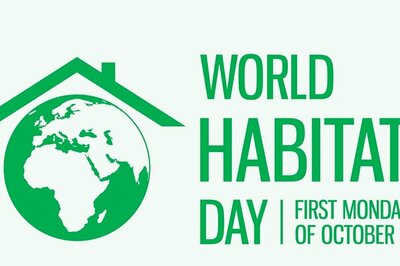

Comments
0 comment